Power consumption, temperatures, noise, real-world assessment
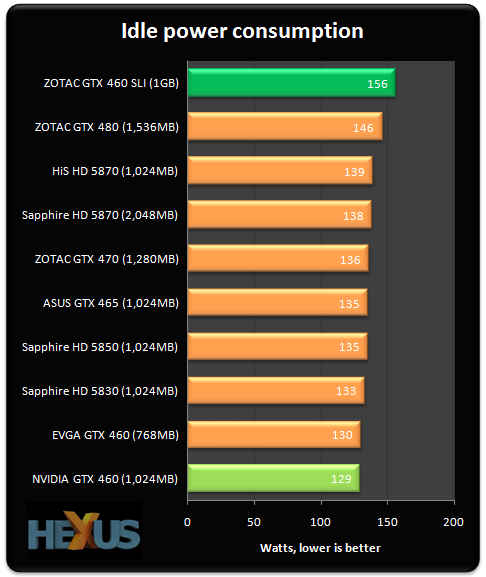
Power-draw numbers refer to a system-wide consumption measured with a mains-connected meter. Idle power is 25W higher than a single card's.
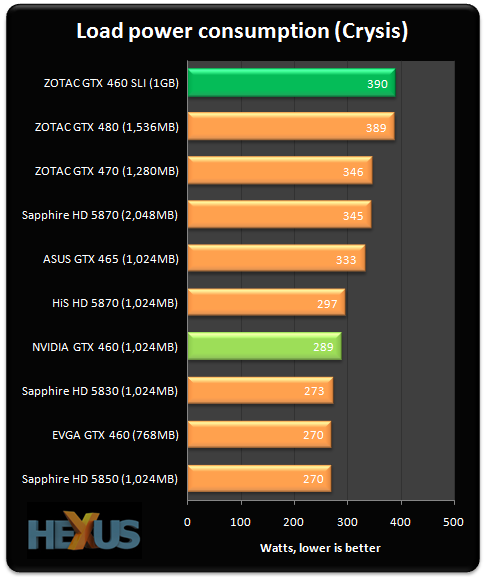

The worst-case power-draw scenario for a graphics card is to run FurMark. The numbers quoted represent the peak draw after running the benchmark for 10 minutes. Adding a second card increases at-mains draw by some 155W.
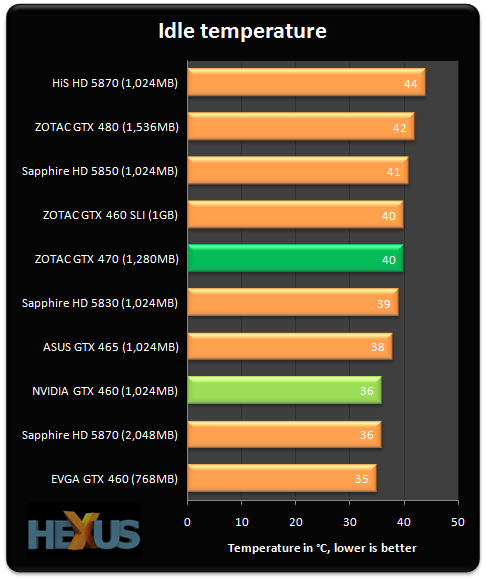
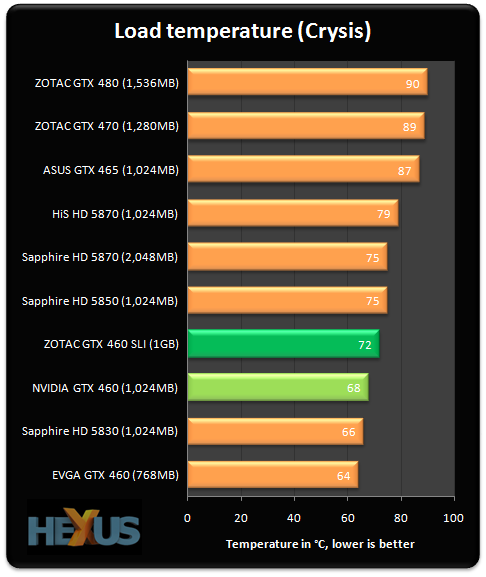
Noting temperatures by running GPU-Z in the background while playing Crysis shows that the new coolers and lower TDPs work well.
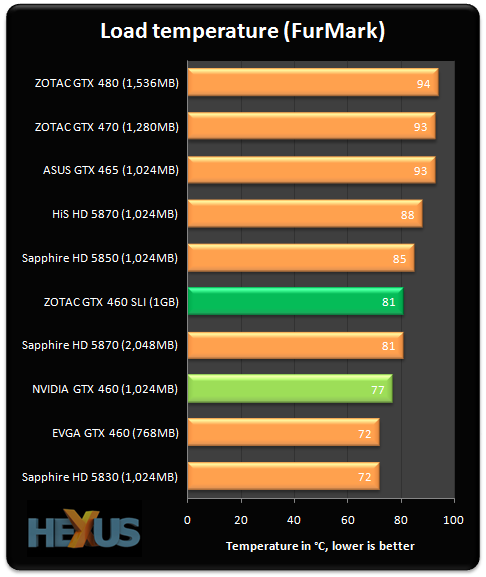
Even in FurMark.
A real-world assessment
A real-world assessment Examining the whole noise/heat/power issue in more detail and taking a real-world game into account, we played through Crysis Warhead and noted where system-wide power-draw was highest. We then left the card rendering the high power-draw scene for 10 minutes and logged the maximum temperature, fan-speed, and power-draw.The observations were noted with the card(s) installed inside a Corsair Obsidian 700D chassis with side panels on. All cards were tested with ambient temperatures between 24°C and 25.5°C. The 'upper' (hotter) card's temperature and fan-speed are noted if we're evaluating a multi-GPU setup. The table, below, highlights our findings and provides a subjective analysis of the fan noise.
| GPU | Power-draw (maximum) | Temperature (maximum) |
Fan speed (maximum) |
Quietness /10 (higher is better) |
|---|---|---|---|---|
| GeForce GTX 460 1GB SLI | 390W | 72°C | 59 per cent | 6 |
| GeForce GTX 480 | 389W | 90°C | 3,720rpm | 3 |
| GeForce GTX 470 | 346W | 89°C | 3,510rpm | 3.5 |
| GeForce GTX 465 | 333W | 87°C | 3,210rpm | 4.5 |
| GeForce GTX 460 1GB | 287W | 68°C | 51 per cent | 8 |
| GeForce GTX 460 768MB | 270W | 64°C | 45 per cent | 8.5 |
| Radeon HD 5870 2GB | 345W | 75°C | 2,320rpm | 7.5 |
| Radeon HD 5870 1GB | 297W | 79°C | 2,150rpm | 7 |
| Radeon HD 5850 | 270W | 75°C | 2,000rpm | 6 |
| Radeon HD 5830 | 273W | 66°C | 1,700rpm | 6 |
Noise
Adding a second card obviously increases the noise profile of the GPU subsystem. However, the two cards are, subjectively speaking, no louder than having a reference Radeon HD 5850 run at full gas.









